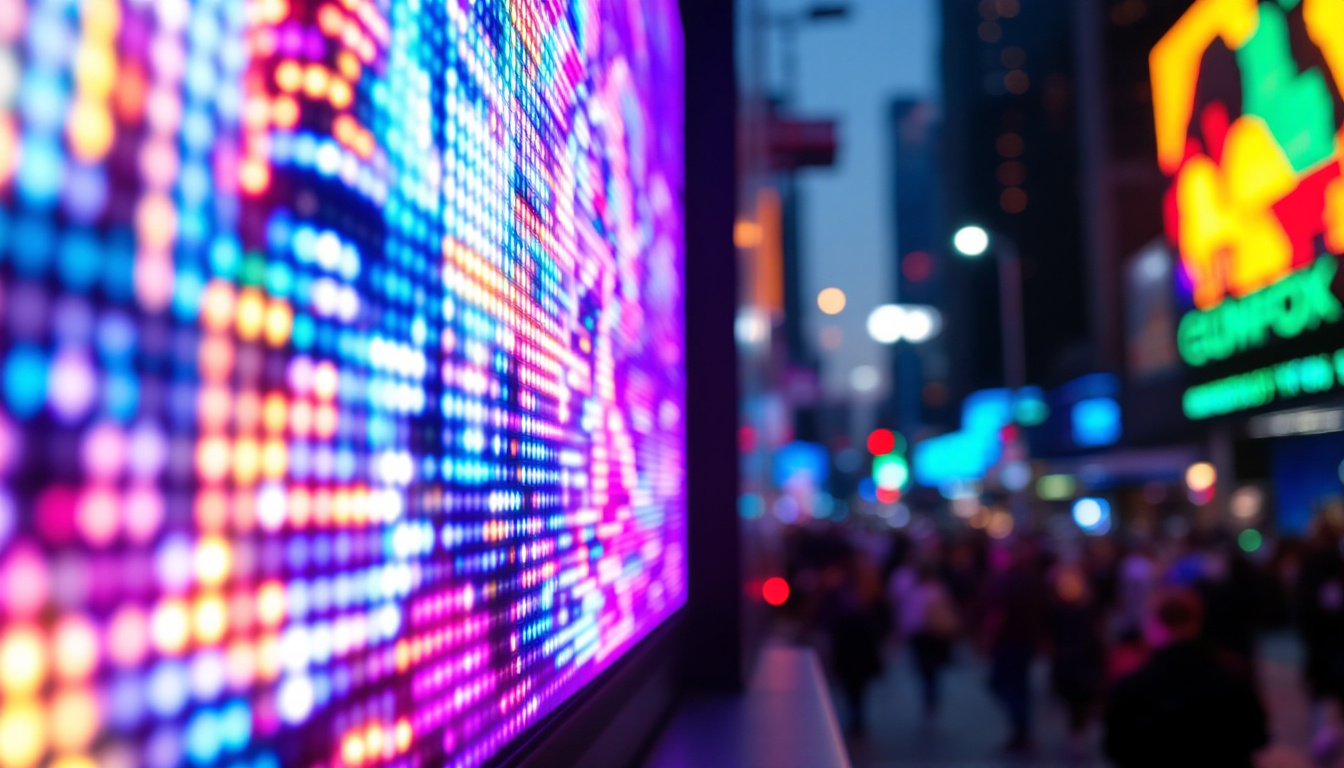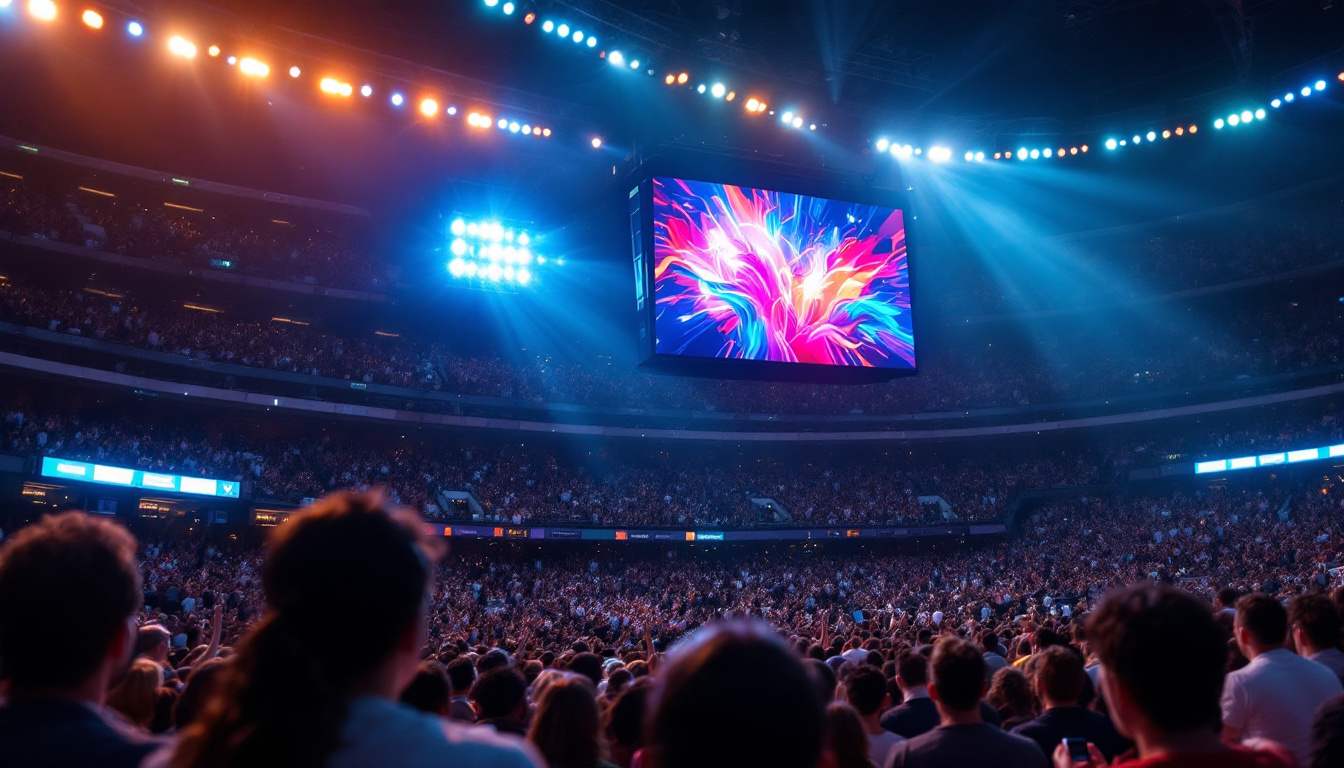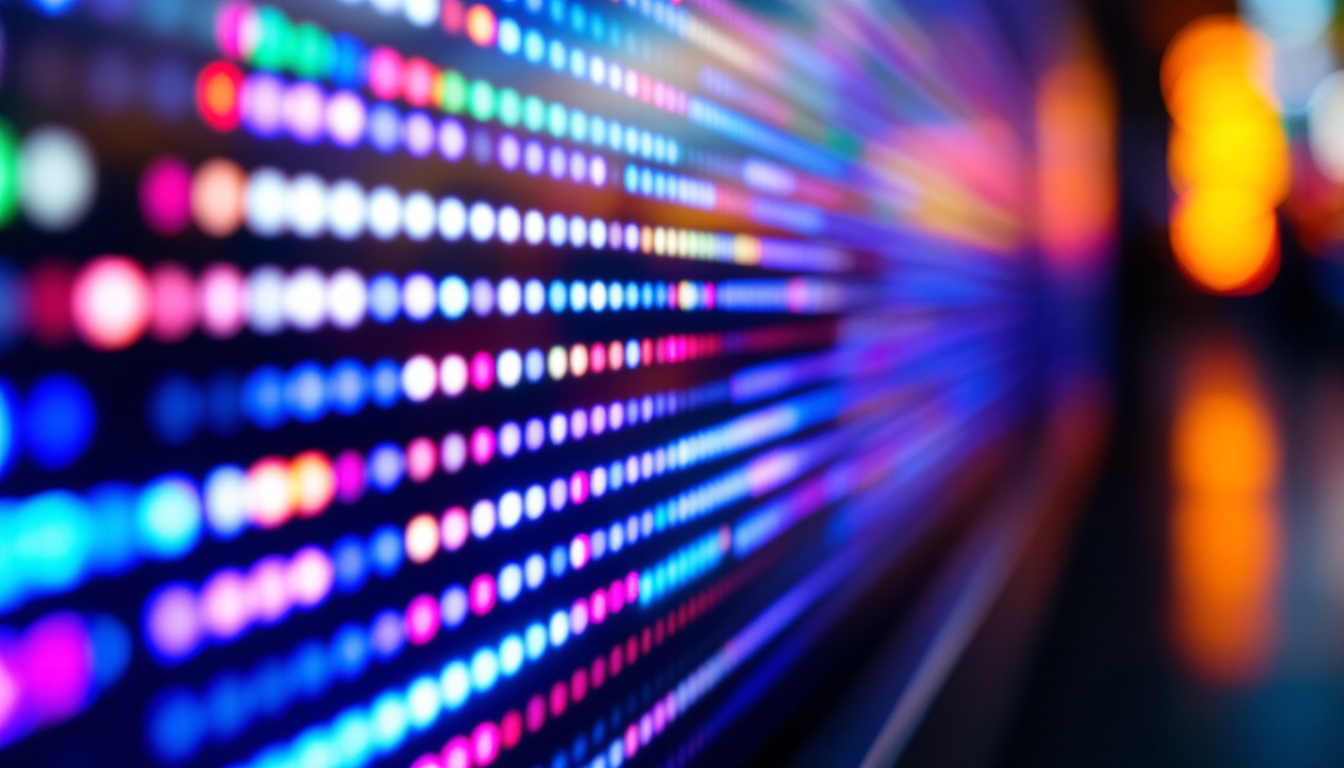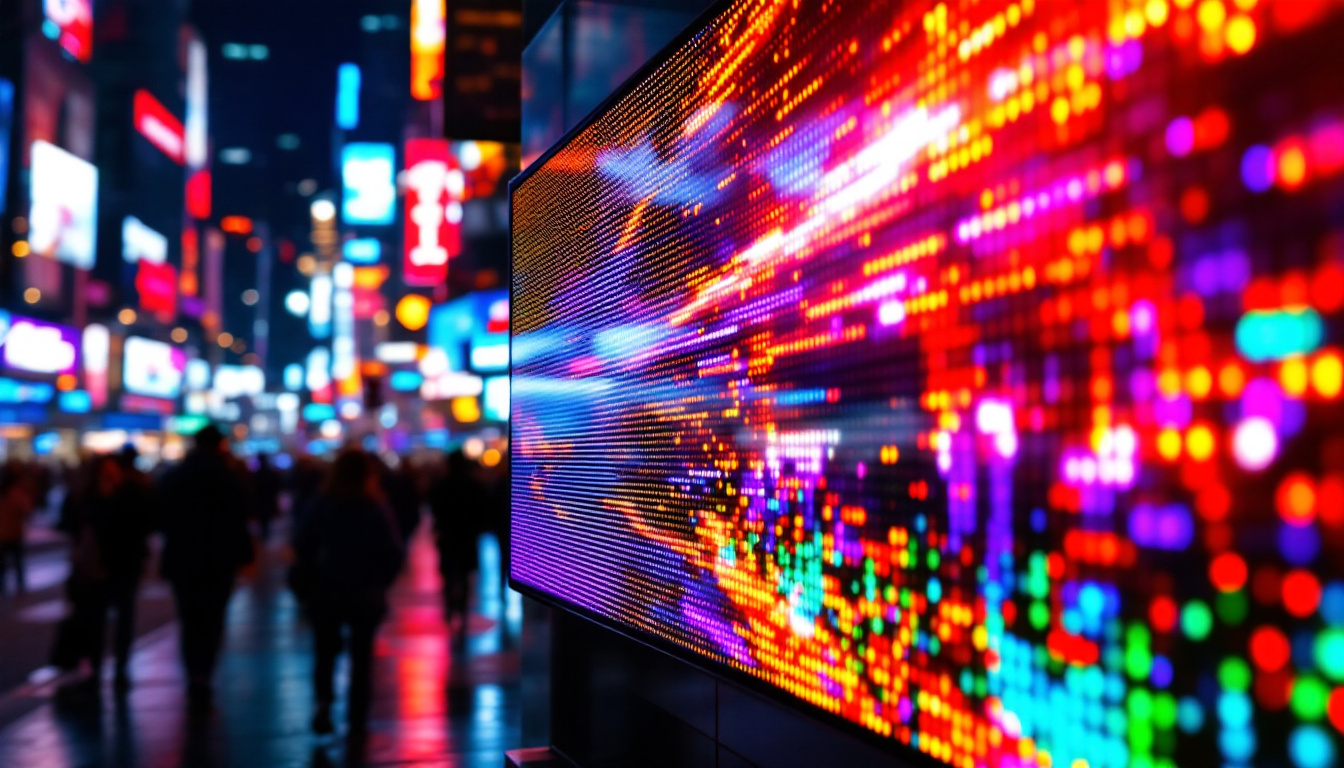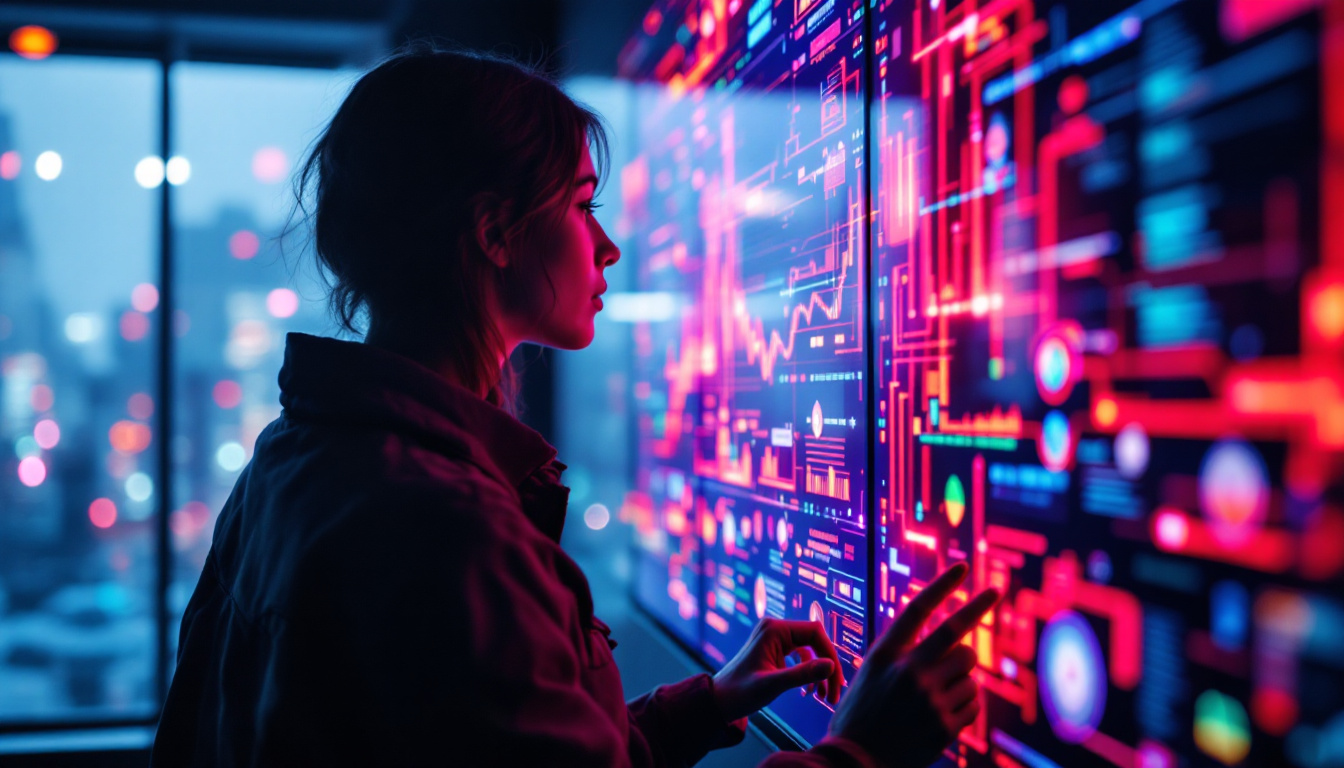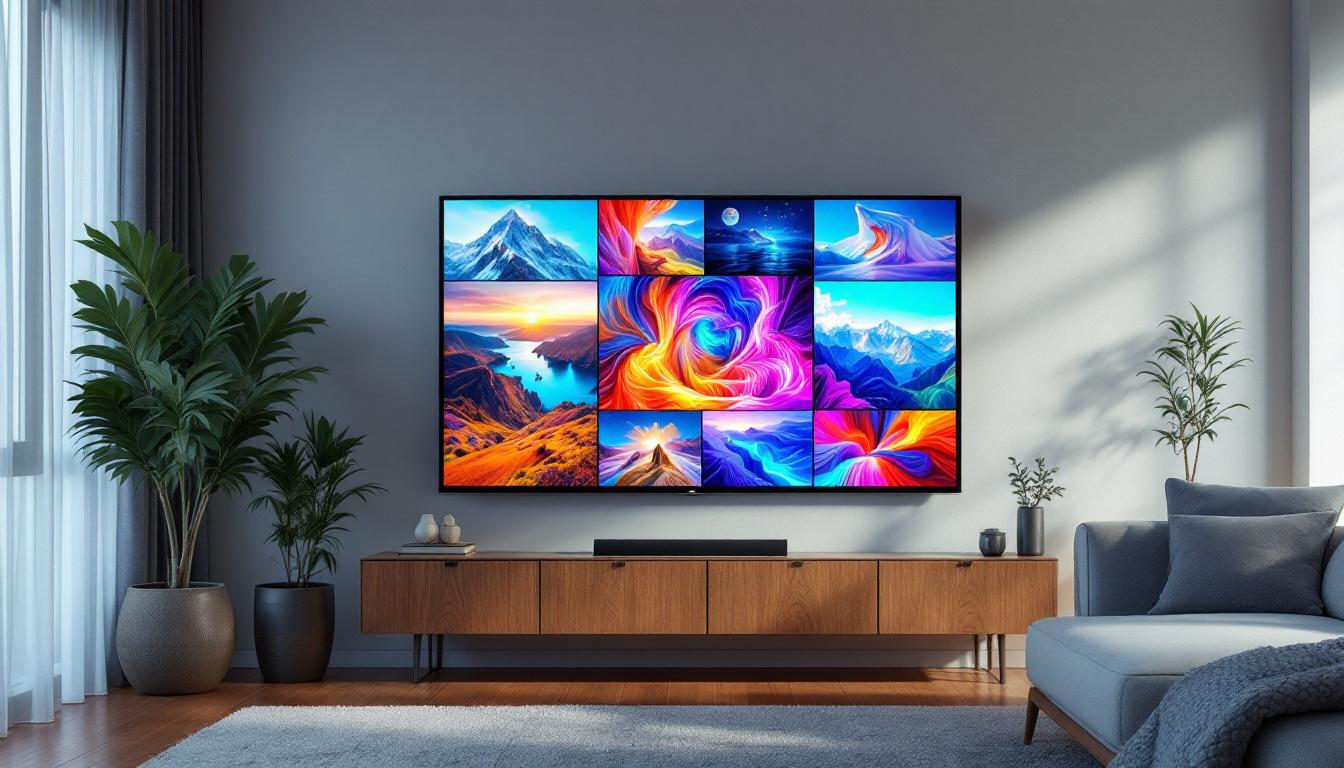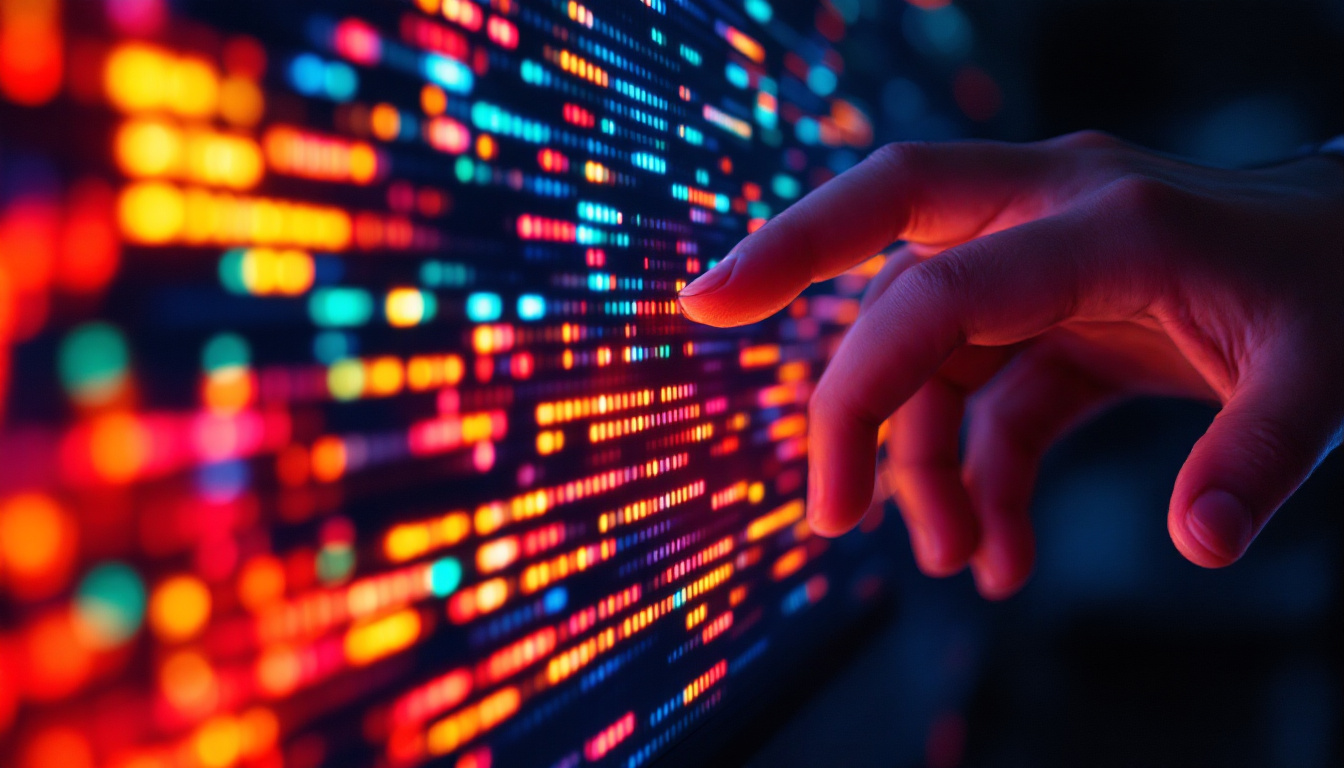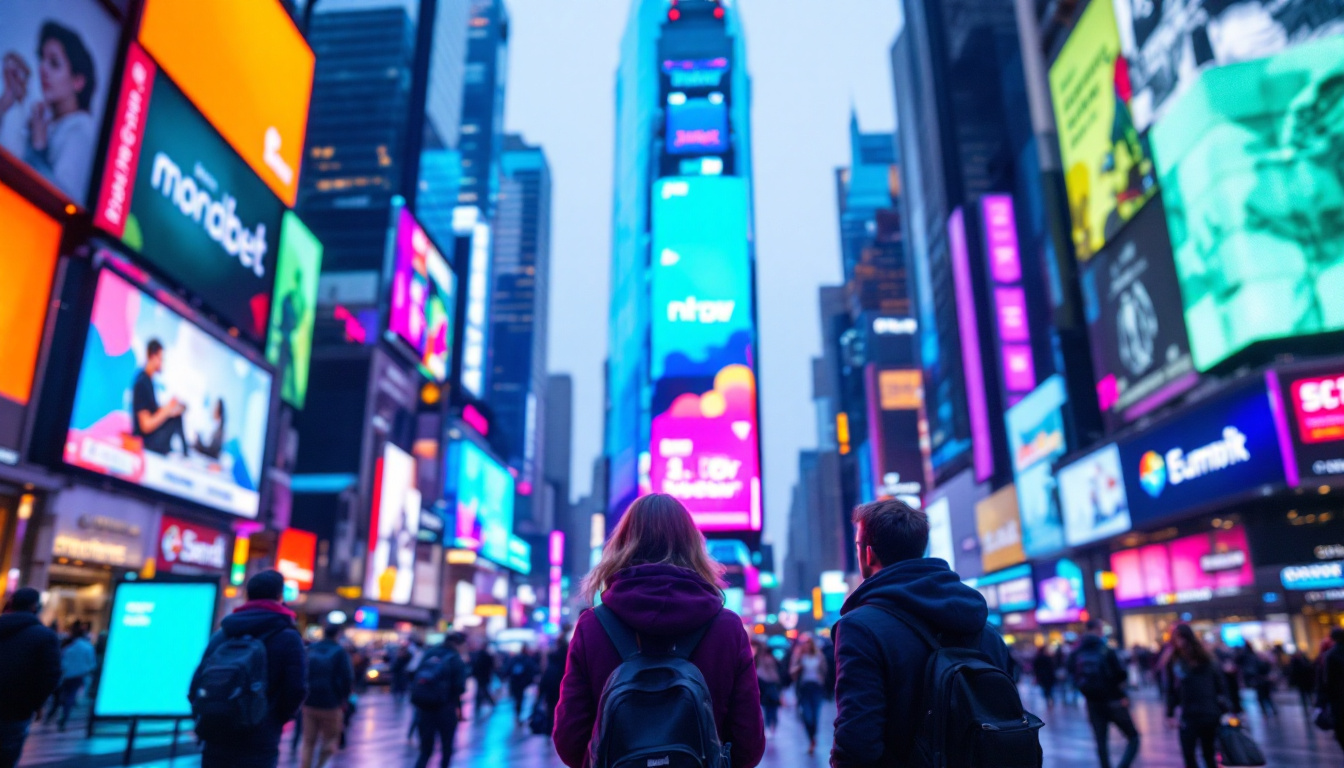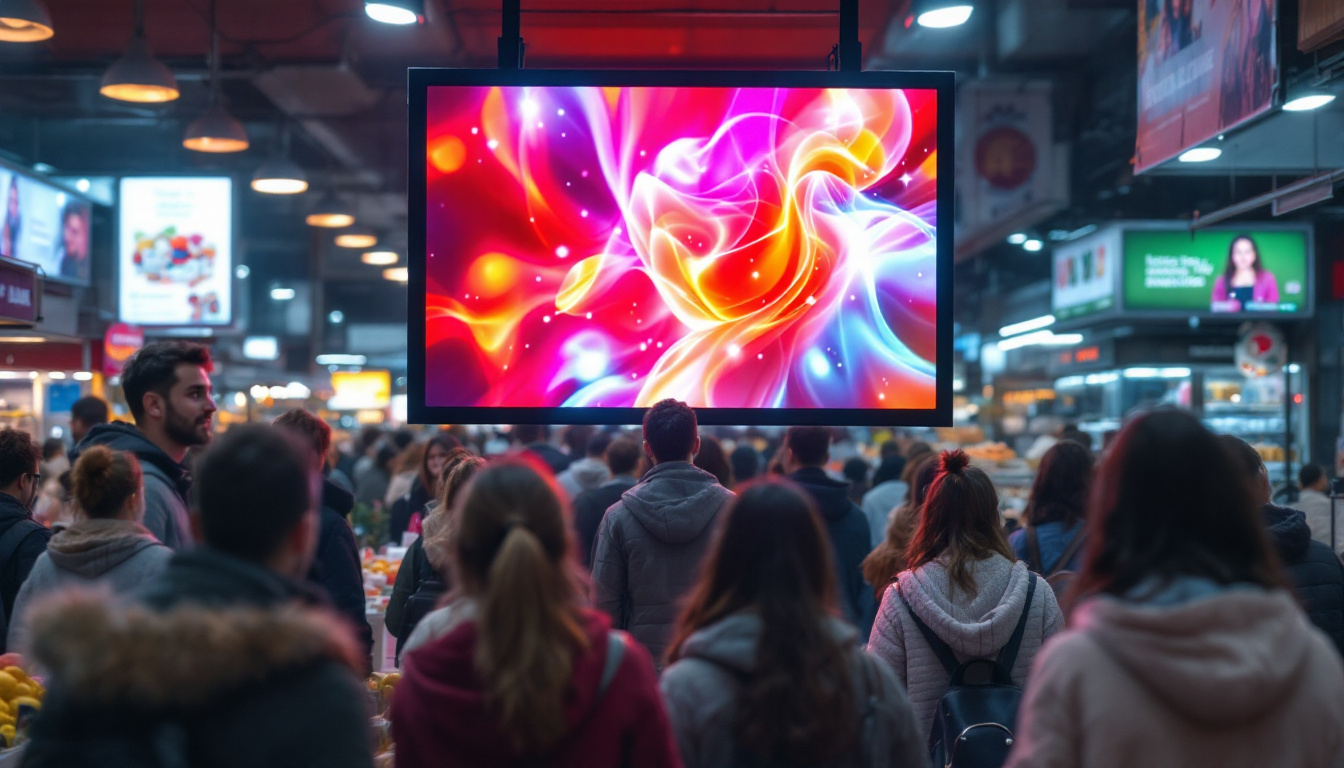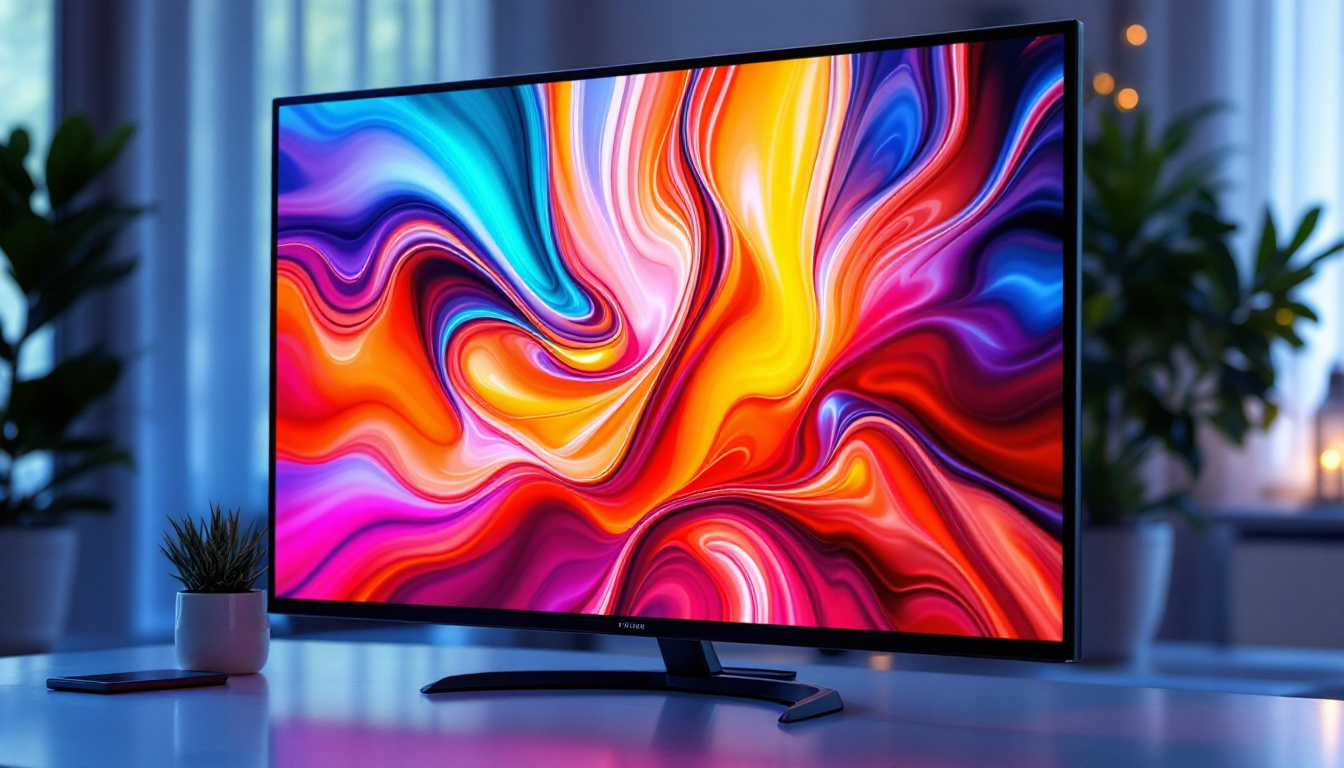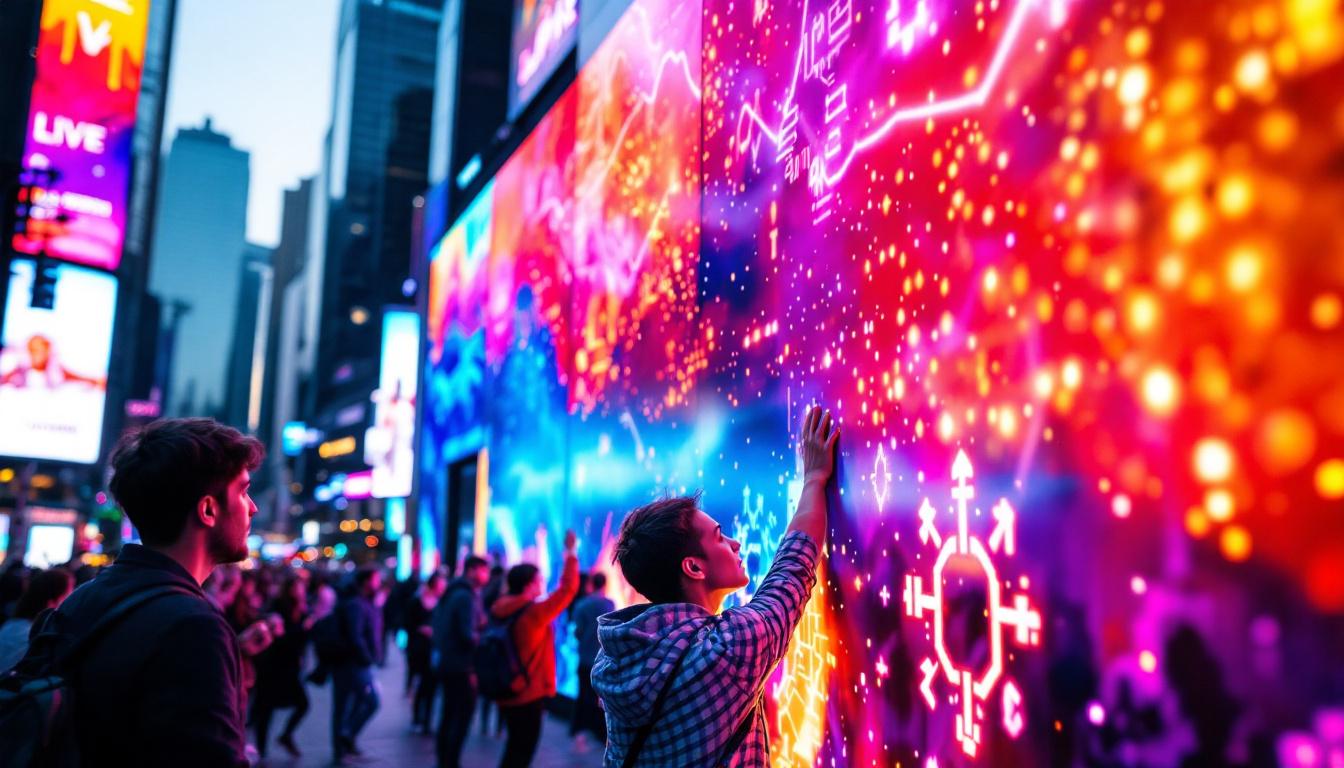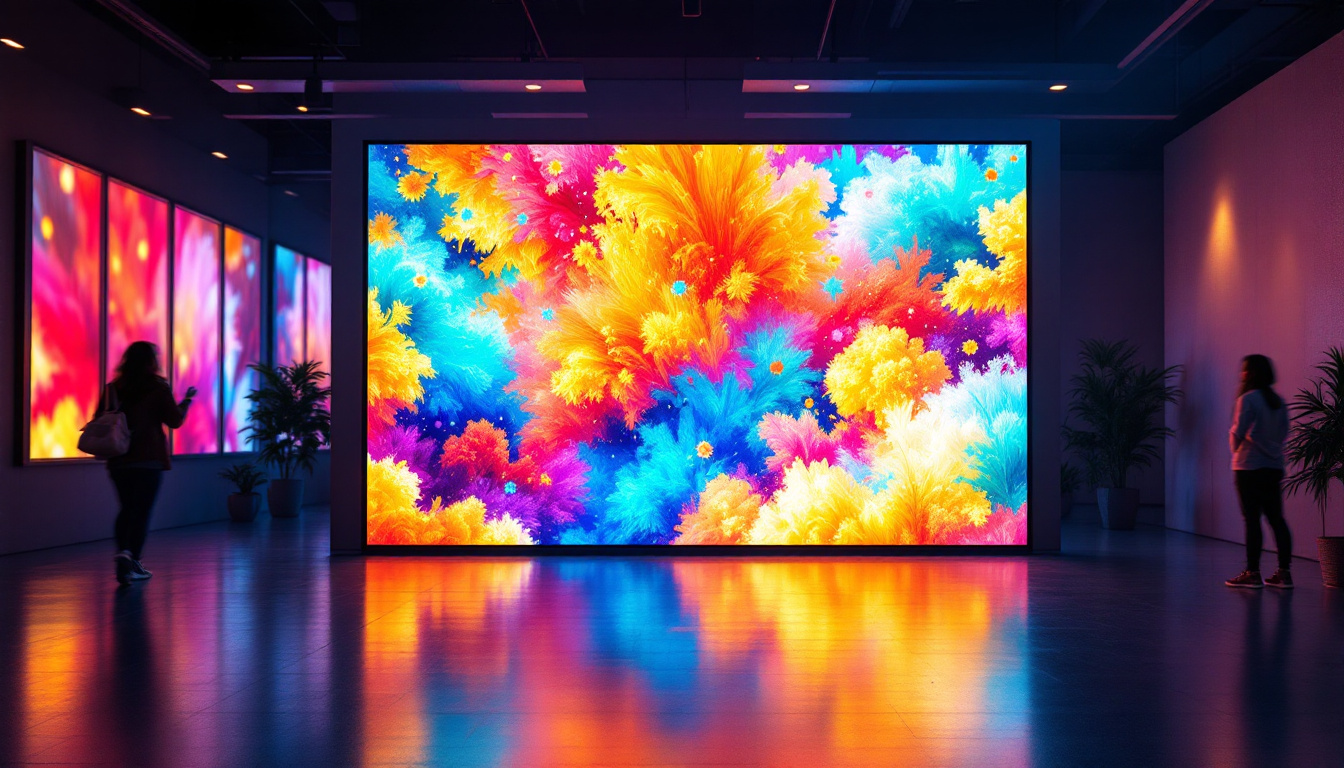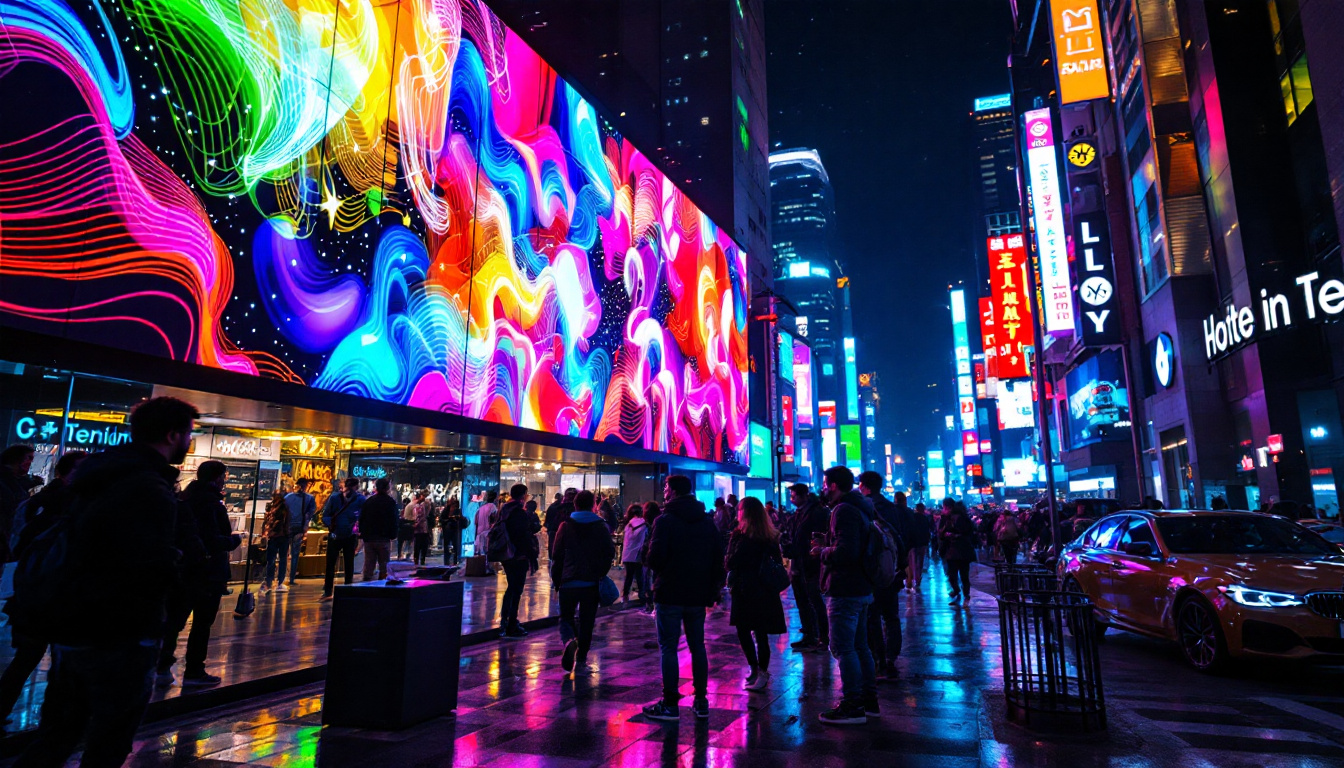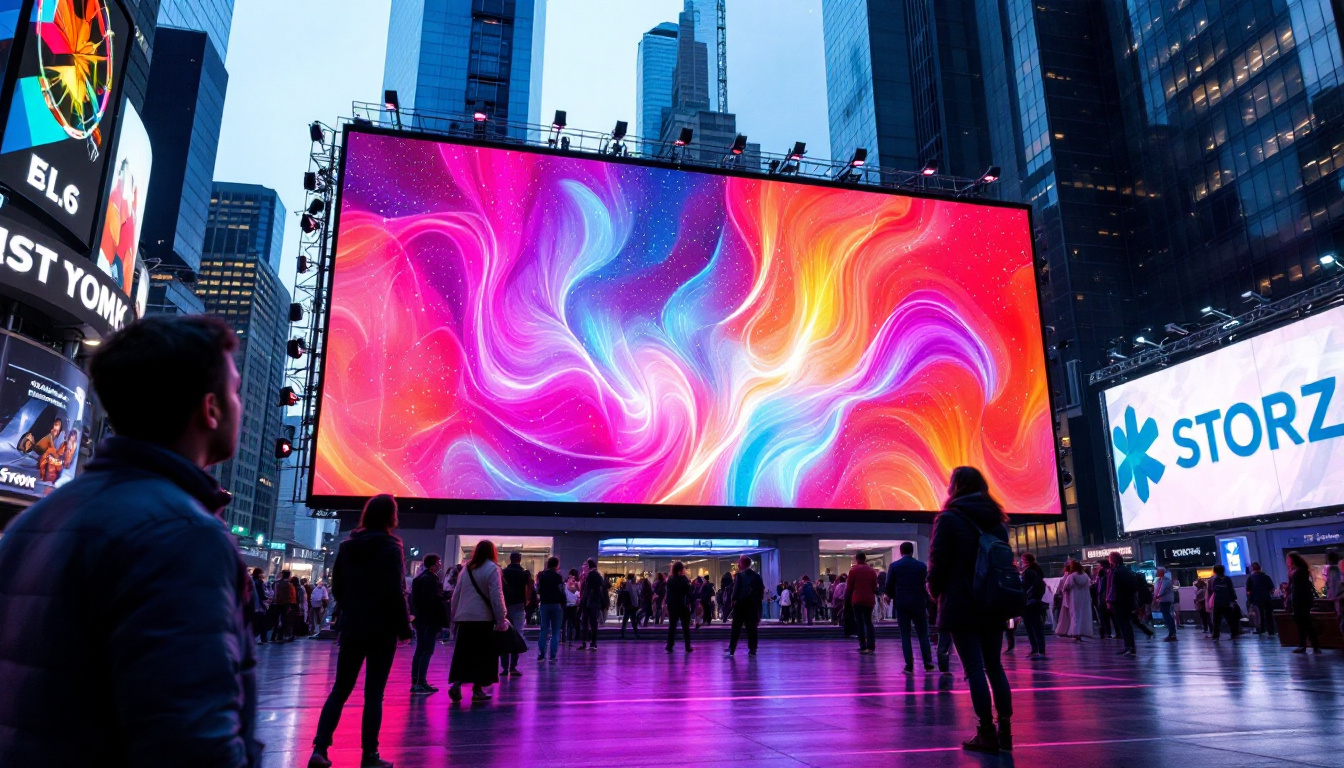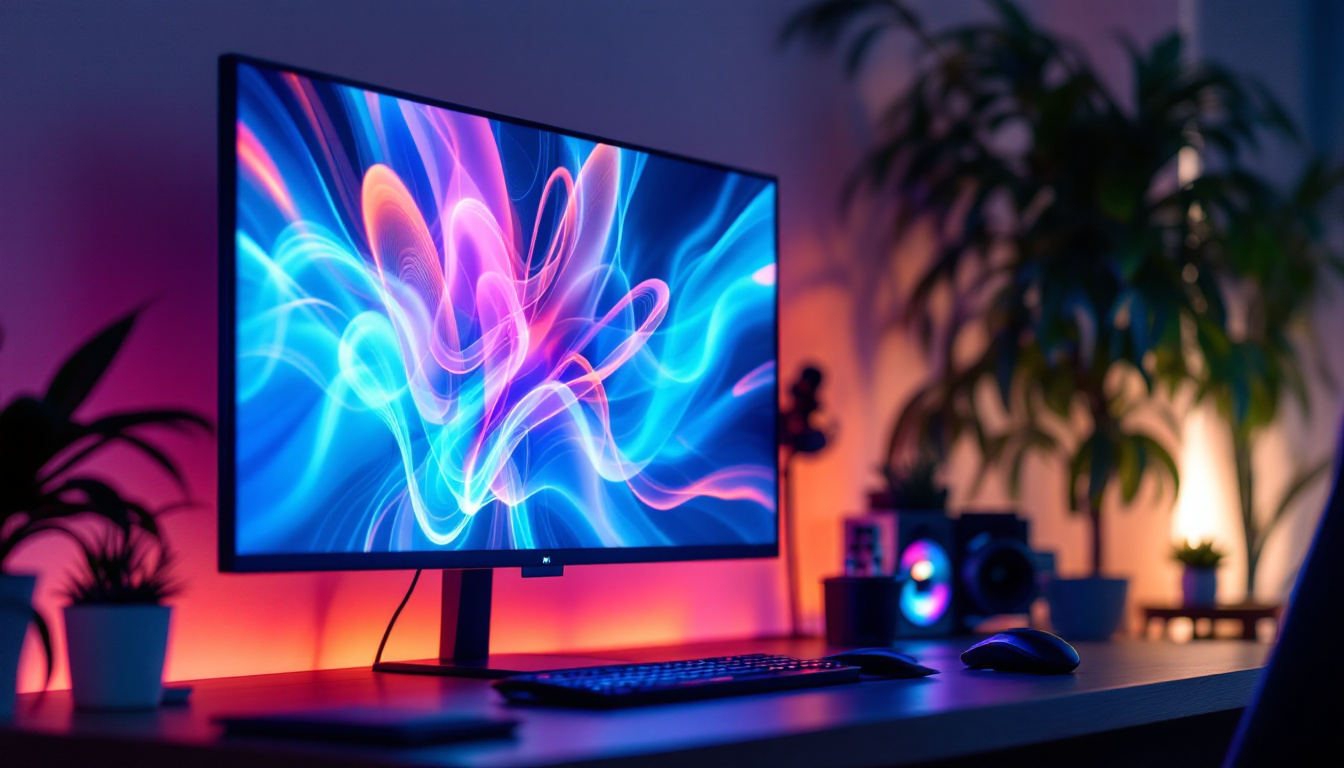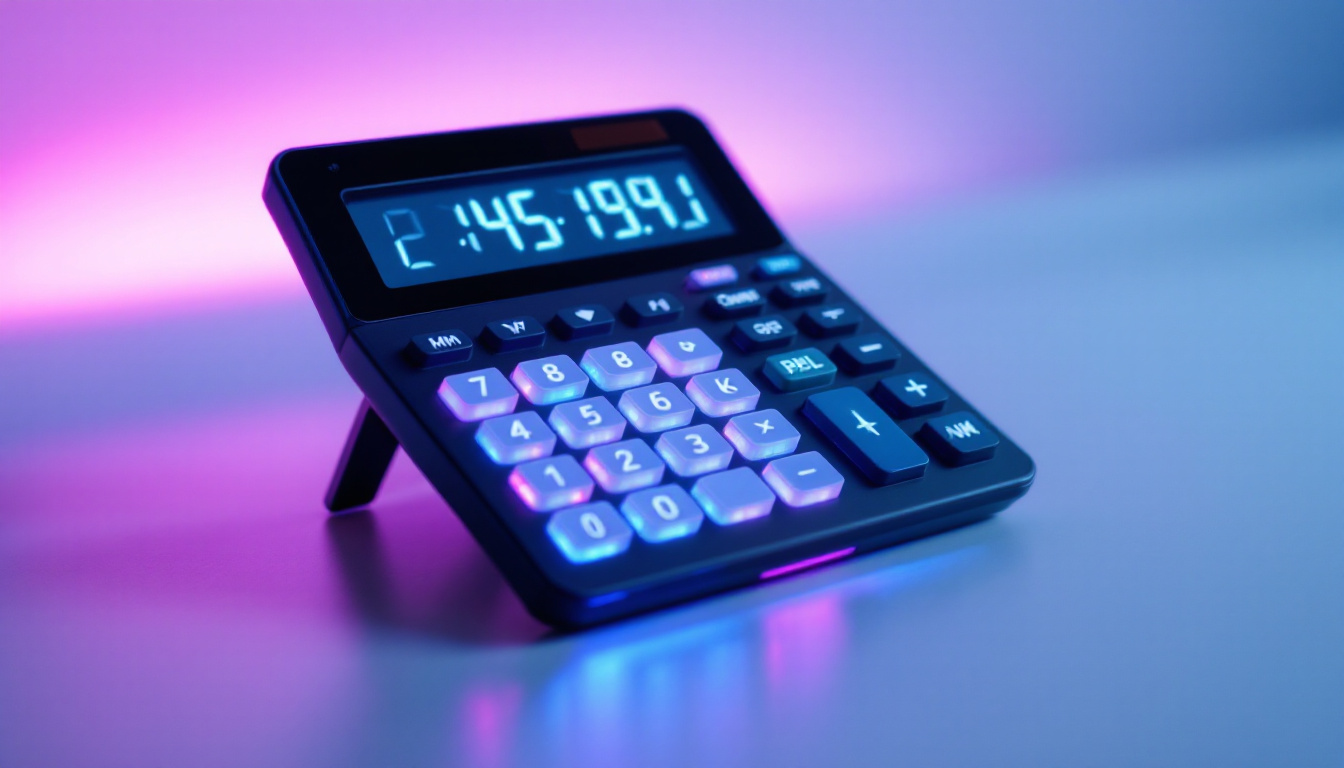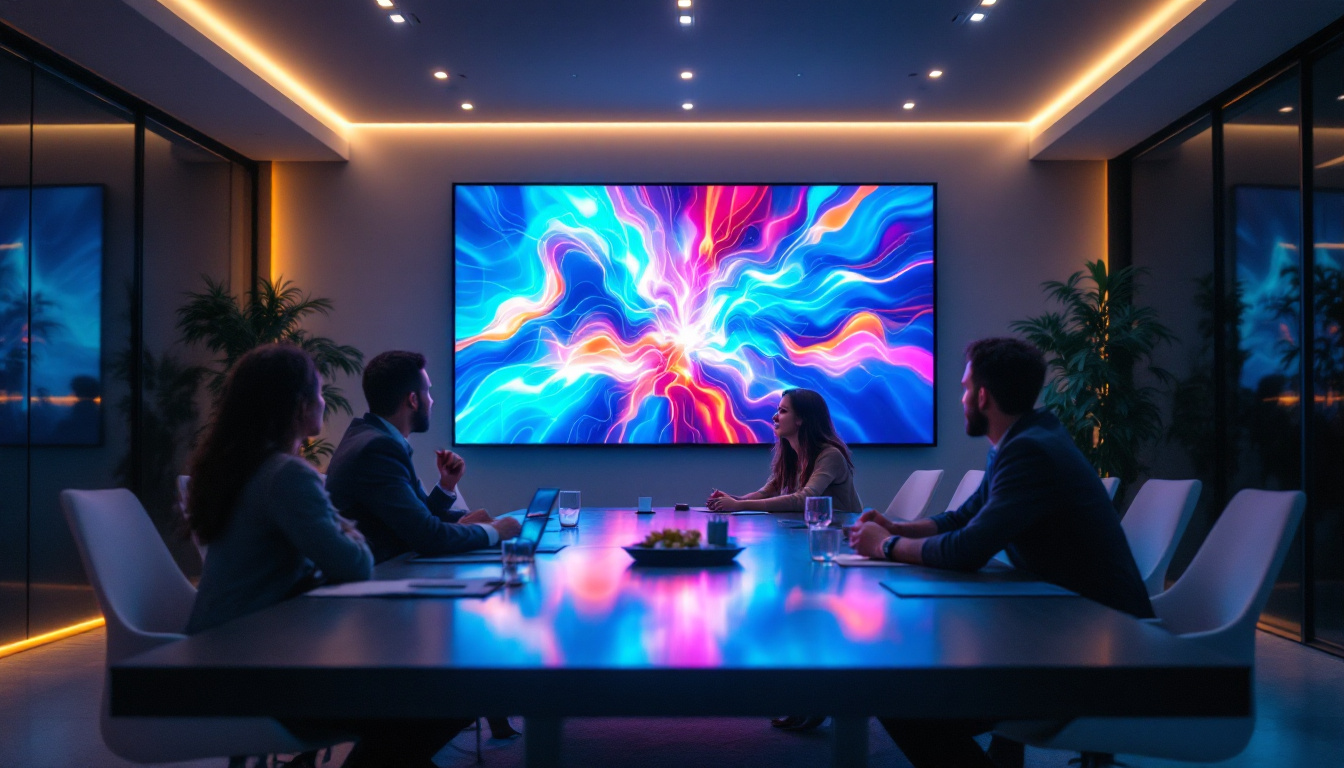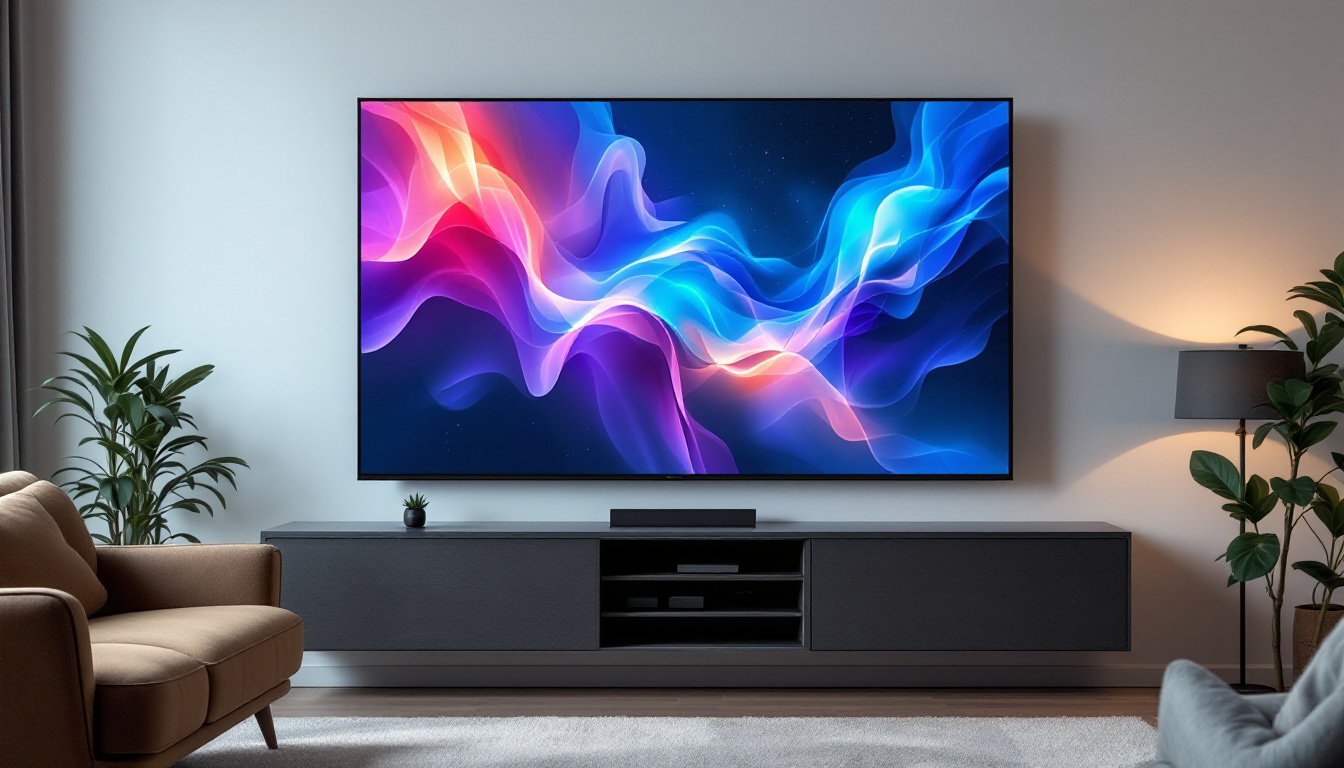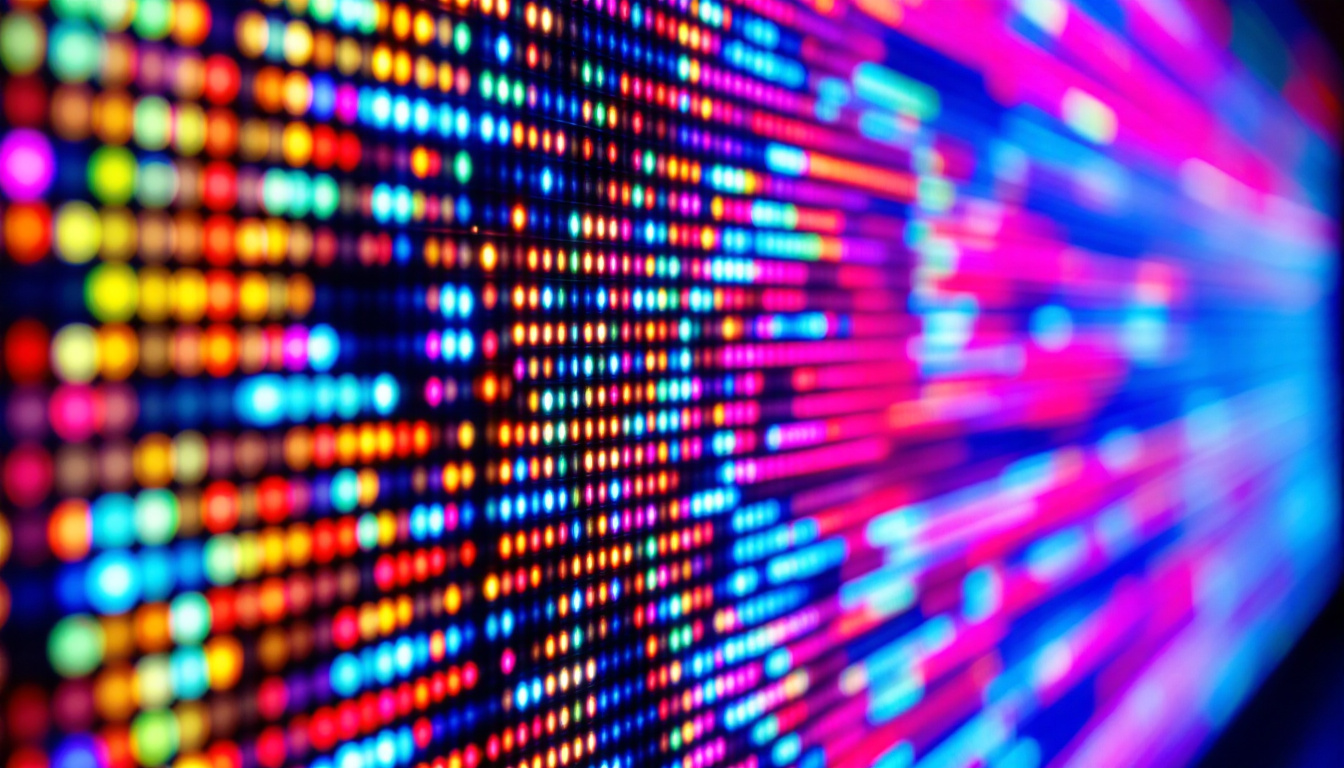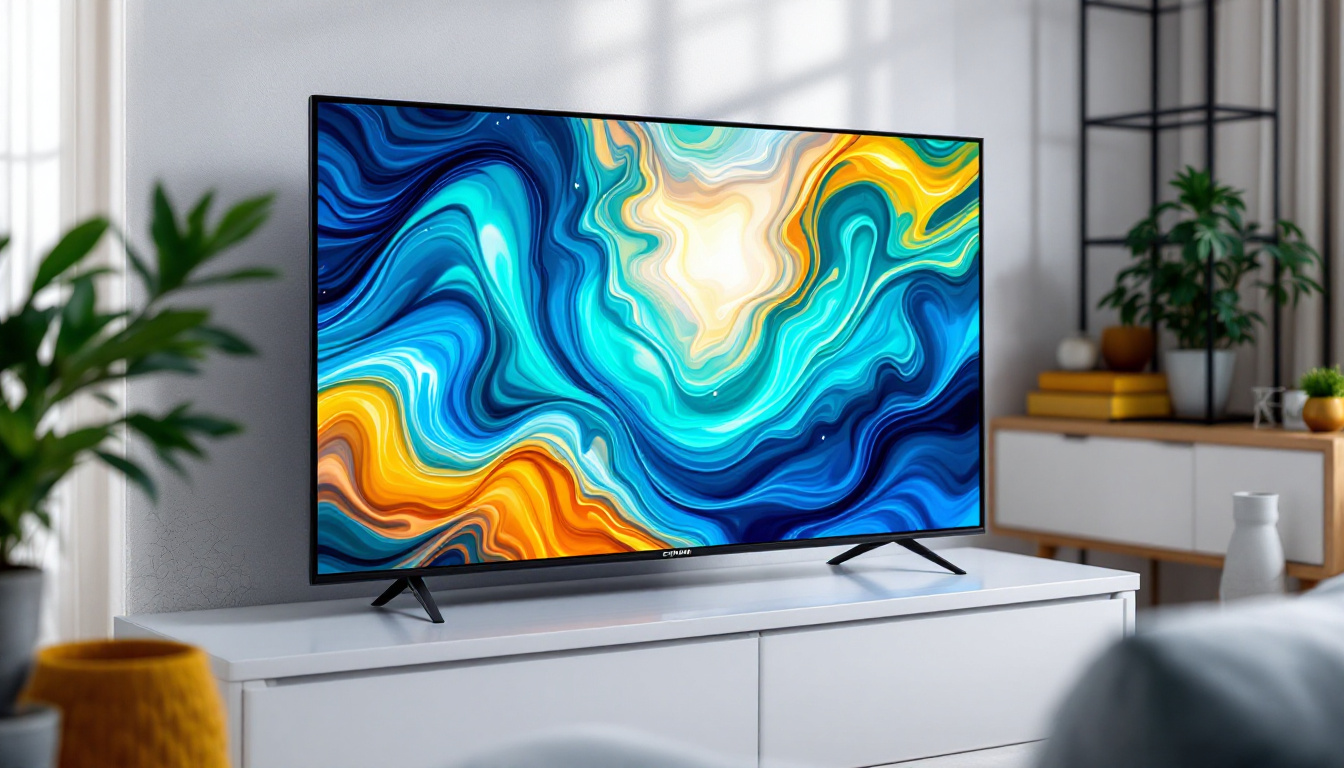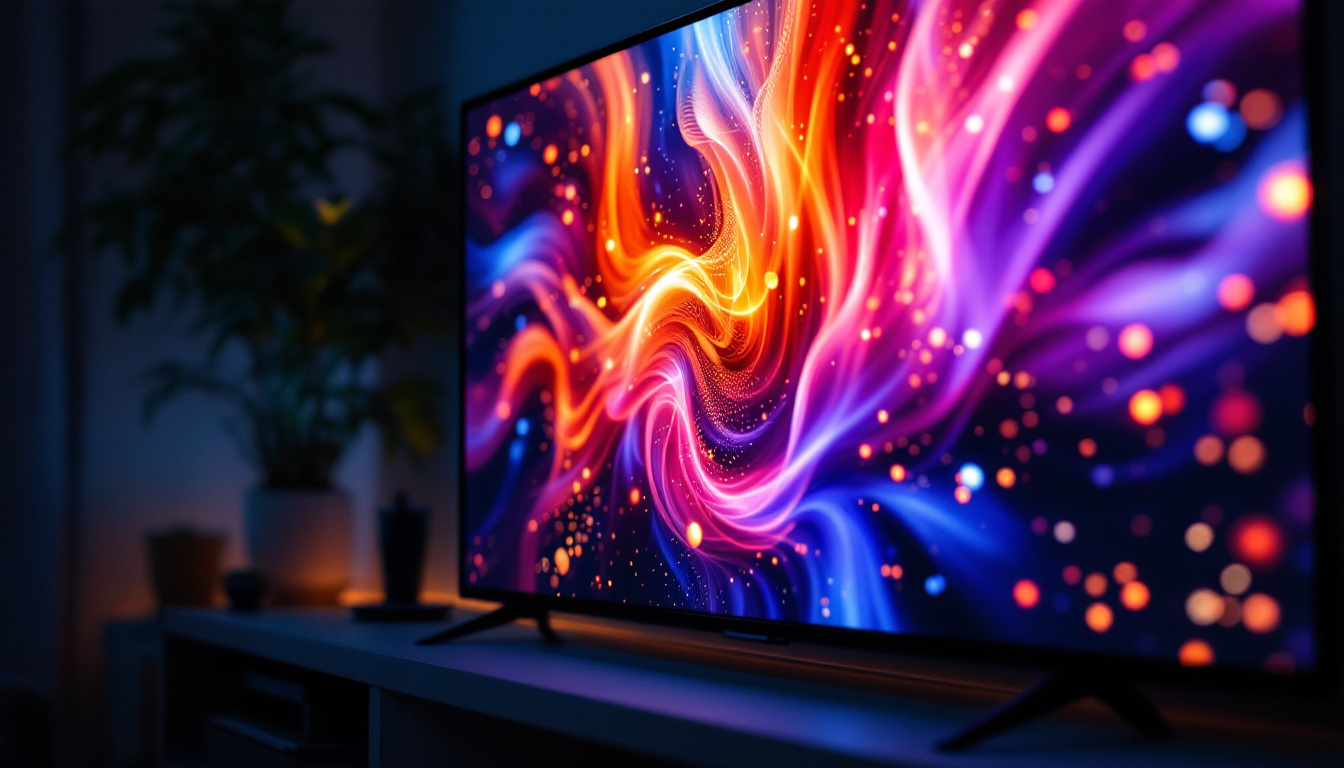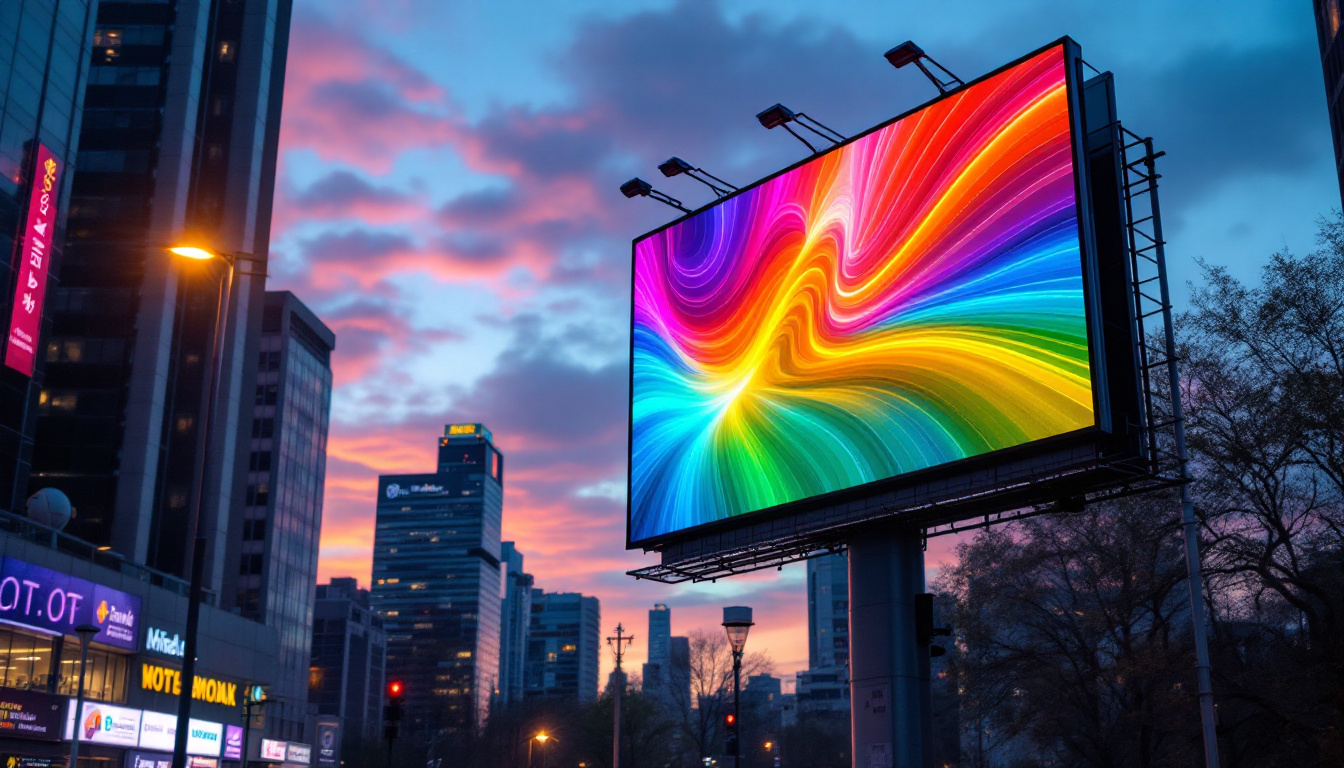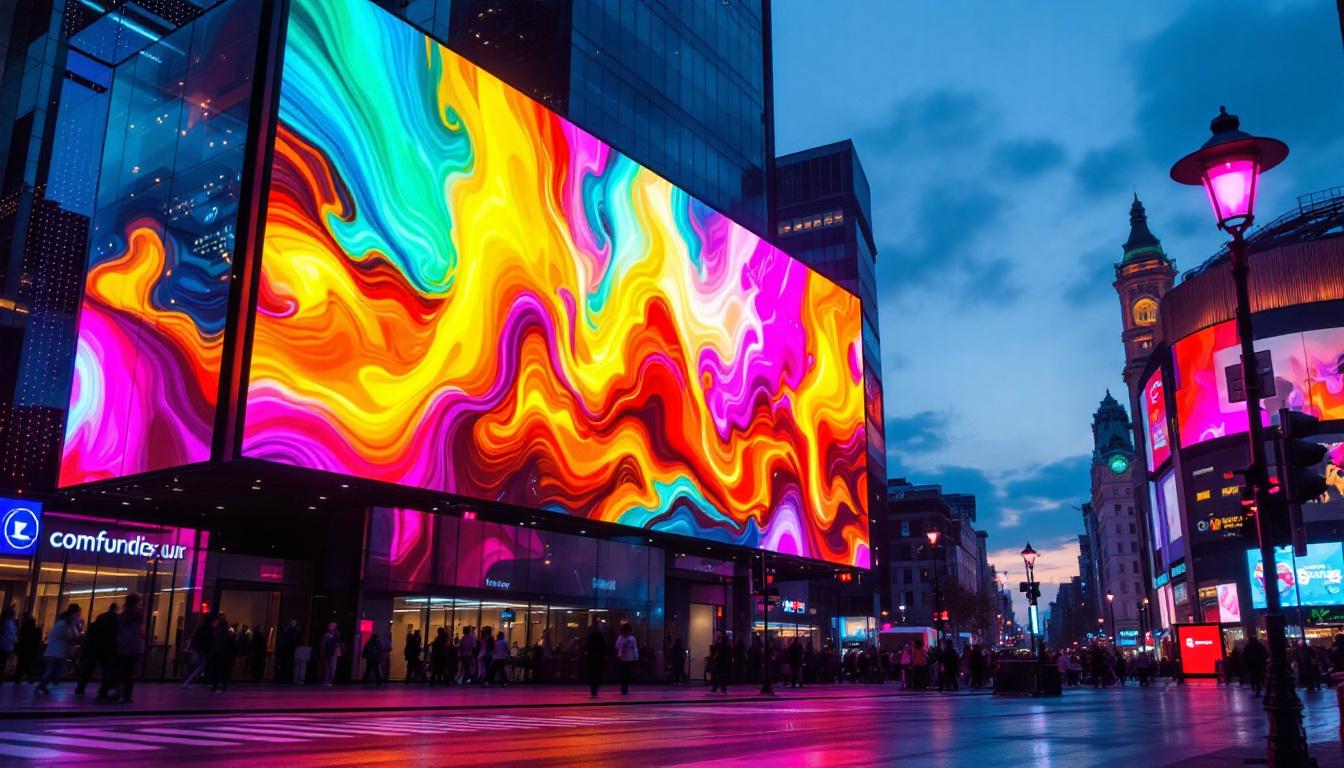In recent years, LED technology has revolutionized the way we perceive visual displays. From billboards to television screens, LED displays have become ubiquitous, offering vibrant colors, energy efficiency, and a range of applications. This article delves into the intricacies of LED technology, exploring its components, advantages, applications, and future prospects.
Understanding LED Technology
LED, or Light Emitting Diode, is a semiconductor device that emits light when an electric current passes through it. Unlike traditional incandescent bulbs, which generate light through heat, LEDs produce light through electroluminescence, making them far more efficient and durable. This efficiency translates into lower energy consumption and longer lifespans, with many LED bulbs lasting over 25,000 hours compared to the mere 1,000 hours typical of incandescent bulbs. As a result, the shift towards LED technology not only benefits consumers through reduced electricity bills but also contributes to environmental sustainability by decreasing the frequency of replacements and waste.
The Basics of LED Operation
At the core of LED technology lies a simple principle: when electrons move through a semiconductor material, they release energy in the form of photons. This process occurs in a specially designed chip that contains two layers of semiconductor material, typically composed of gallium, arsenide, or phosphide. The efficiency of this process is significantly higher than that of traditional lighting methods, as nearly 80% of the energy consumed by an LED is converted into visible light, while only about 20% is wasted as heat. This remarkable efficiency is one of the driving forces behind the rapid adoption of LED technology in both residential and commercial applications.
The color of the emitted light depends on the materials used in the semiconductor. For instance, using different combinations of materials can produce red, green, blue, or even white light. This versatility is one of the key reasons for the widespread adoption of LED technology across various sectors. Moreover, advancements in technology have led to the development of tunable white LEDs, which can adjust their color temperature to mimic natural daylight, providing a more comfortable and adaptable lighting experience for users.
Types of LED Displays
LED displays come in various types, each suited for specific applications. The most common types include:
- Direct View LED Displays: These are used in large outdoor billboards and indoor screens. They consist of individual LED modules that can be arranged to form a complete display. Their brightness and visibility in direct sunlight make them ideal for advertising and public announcements.
- LED Backlit Displays: Commonly found in televisions and computer monitors, these displays use LEDs to illuminate an LCD panel from behind, enhancing brightness and contrast. This technology allows for thinner screens and improved energy efficiency, making it a popular choice for modern devices.
- Organic LED (OLED) Displays: A newer technology that uses organic compounds to emit light, OLED displays offer superior color accuracy and flexibility, making them ideal for smartphones and high-end televisions. Unlike traditional LED displays, OLED panels can be made flexible, opening up new possibilities for innovative design in consumer electronics.
In addition to these types, there are also specialized LED displays such as MicroLED, which consists of tiny, individual LED pixels that can create stunningly high-resolution images with exceptional color depth and contrast. This technology is still emerging but holds great promise for the future of display technology, potentially revolutionizing how we experience visual media. Furthermore, LED technology is not limited to displays; it has also found applications in horticulture, where specific wavelengths of light can enhance plant growth, showcasing the versatility and potential of LED innovations across various fields.
Advantages of LED Displays
LED displays offer numerous advantages over traditional display technologies. These benefits contribute significantly to their growing popularity across various industries.
Energy Efficiency
One of the most significant advantages of LED technology is its energy efficiency. LEDs consume far less power than incandescent or fluorescent lights, making them an environmentally friendly option. This efficiency translates into lower electricity bills and reduced carbon footprints for businesses and consumers alike. Furthermore, the low energy consumption of LED displays means they generate less heat, which can help in reducing air conditioning costs in commercial spaces, thereby enhancing overall energy savings.
Longevity and Durability
LED displays are known for their long lifespan, often lasting up to 100,000 hours or more. This durability reduces the need for frequent replacements, resulting in lower maintenance costs. Additionally, LEDs are more resistant to shock and vibration compared to traditional bulbs, making them suitable for various environments. Their robust construction allows them to perform well in extreme weather conditions, which is particularly beneficial for outdoor advertising and signage. This resilience not only ensures consistent performance but also enhances the reliability of LED displays in critical applications, such as transportation and public safety announcements.
Vibrant Colors and High Contrast
LED displays are capable of producing a wide range of colors with high brightness levels. This capability allows for stunning visuals that can capture attention and enhance the viewing experience. The high contrast ratios of LED displays also contribute to clearer images, making them ideal for both indoor and outdoor applications. Additionally, advancements in LED technology have led to the development of full-color displays that can produce more than a billion colors, providing an unparalleled depth and richness in visual presentations. This makes them particularly popular in entertainment venues, where immersive experiences are paramount, and in retail environments, where eye-catching displays can significantly influence consumer behavior.
Applications of LED Displays
The versatility of LED technology has led to its adoption in numerous fields. From advertising to entertainment, the applications of LED displays are vast and varied.
Advertising and Signage
One of the most prominent uses of LED displays is in advertising. digital billboards and signage have transformed the way businesses promote their products and services. The ability to change content quickly and showcase dynamic visuals attracts more attention than static displays.
Moreover, LED displays can be programmed to show targeted advertisements based on time, location, or audience demographics, making them a powerful tool for marketers.
Entertainment and Events
In the entertainment industry, LED displays play a crucial role in concerts, festivals, and sporting events. Large LED screens are often used to broadcast live performances, ensuring that audiences have a clear view of the action, regardless of their seating position.
Additionally, LED technology is employed in stage productions, where flexible LED panels can create stunning backdrops and visual effects, enhancing the overall experience for attendees.
Transportation and Public Information
LED displays are increasingly used in transportation systems for real-time information dissemination. Buses, trains, and airports utilize LED screens to provide passengers with updates on schedules, delays, and other essential information. This use of technology improves communication and enhances the overall travel experience.
The Future of LED Technology
The future of LED technology appears promising, with ongoing advancements and innovations on the horizon. As industries continue to explore new applications, several trends are emerging that are likely to shape the landscape of LED displays.
Smart LED Displays
With the rise of the Internet of Things (IoT), smart LED displays are becoming increasingly prevalent. These displays can connect to the internet and gather data, allowing for real-time updates and interactive content. For instance, smart billboards can change advertisements based on weather conditions or local events, creating a more engaging experience for viewers.
Flexible and Transparent Displays
Innovations in materials and manufacturing processes are leading to the development of flexible and transparent LED displays. These displays can be integrated into various surfaces, such as windows or clothing, opening up new possibilities for advertising and design. The ability to create displays that bend and conform to different shapes will undoubtedly lead to creative applications in architecture and fashion.
Enhanced Color and Resolution
As technology advances, the color accuracy and resolution of LED displays are expected to improve significantly. Higher pixel densities will enable even more detailed images, making LED displays suitable for applications that require precision, such as medical imaging and high-end gaming.
Challenges and Considerations
Despite the numerous advantages of LED technology, there are challenges that manufacturers and users must consider. Understanding these challenges is crucial for making informed decisions regarding LED displays.
Initial Costs
While LED displays offer long-term savings due to their energy efficiency and durability, the initial investment can be higher than traditional display technologies. Businesses must weigh the upfront costs against the potential savings and benefits over time.
Heat Management
LEDs generate heat during operation, which can impact performance and longevity if not managed properly. Effective heat dissipation systems are essential to ensure that LED displays function optimally and maintain their lifespan. Manufacturers must design displays with adequate cooling mechanisms to address this issue.
Environmental Impact
Although LED technology is more energy-efficient than traditional lighting, the production and disposal of LED displays can have environmental implications. The materials used in LEDs, such as heavy metals, require careful handling and recycling to minimize ecological harm. As the industry evolves, sustainable practices must be prioritized to mitigate these impacts.
Conclusion
LED technology has transformed the landscape of visual displays, offering numerous advantages that have led to widespread adoption across various industries. With their energy efficiency, longevity, and vibrant colors, LED displays are not just a trend but a fundamental shift in how information is conveyed and consumed.
As advancements continue to emerge, the future of LED displays looks bright. Innovations such as smart displays, flexible designs, and enhanced color accuracy will further expand the possibilities of this technology. However, it is essential to address the challenges associated with LED technology to ensure its sustainable growth.
In summary, LED displays are more than just a technological advancement; they represent a new era in visual communication that is set to evolve and adapt to the changing needs of society. As industries embrace these innovations, the potential for creativity and engagement is limitless.
Discover the Future of Visual Displays with LumenMatrix
Embrace the transformative power of LED technology with LumenMatrix, your partner in innovation for dynamic and engaging visual experiences. Whether you’re looking to elevate your brand’s presence with an Indoor LED Wall Display, captivate passersby with an Outdoor LED Wall Display, or make a statement on the move with a Vehicle LED Display, LumenMatrix has the solution tailored to your needs. Our mission is to revolutionize visual communication, and we invite you to be a part of this journey. Check out LumenMatrix LED Display Solutions today and step into a world where your message shines with unparalleled clarity and impact.

